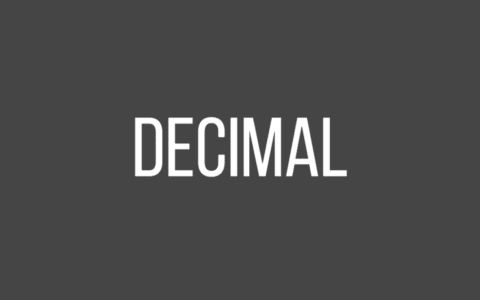Latest posts by Toby @ Punter2Pro (see all)
- How Fast Payments Are Changing Bankroll Management - June 30, 2025
- Matchbook Review | Trusted 2% Commission Betting Exchange [2025] - June 26, 2025
- Bookmakers With The Best Bonuses & Promotions | Top For Free Bets - June 26, 2025







